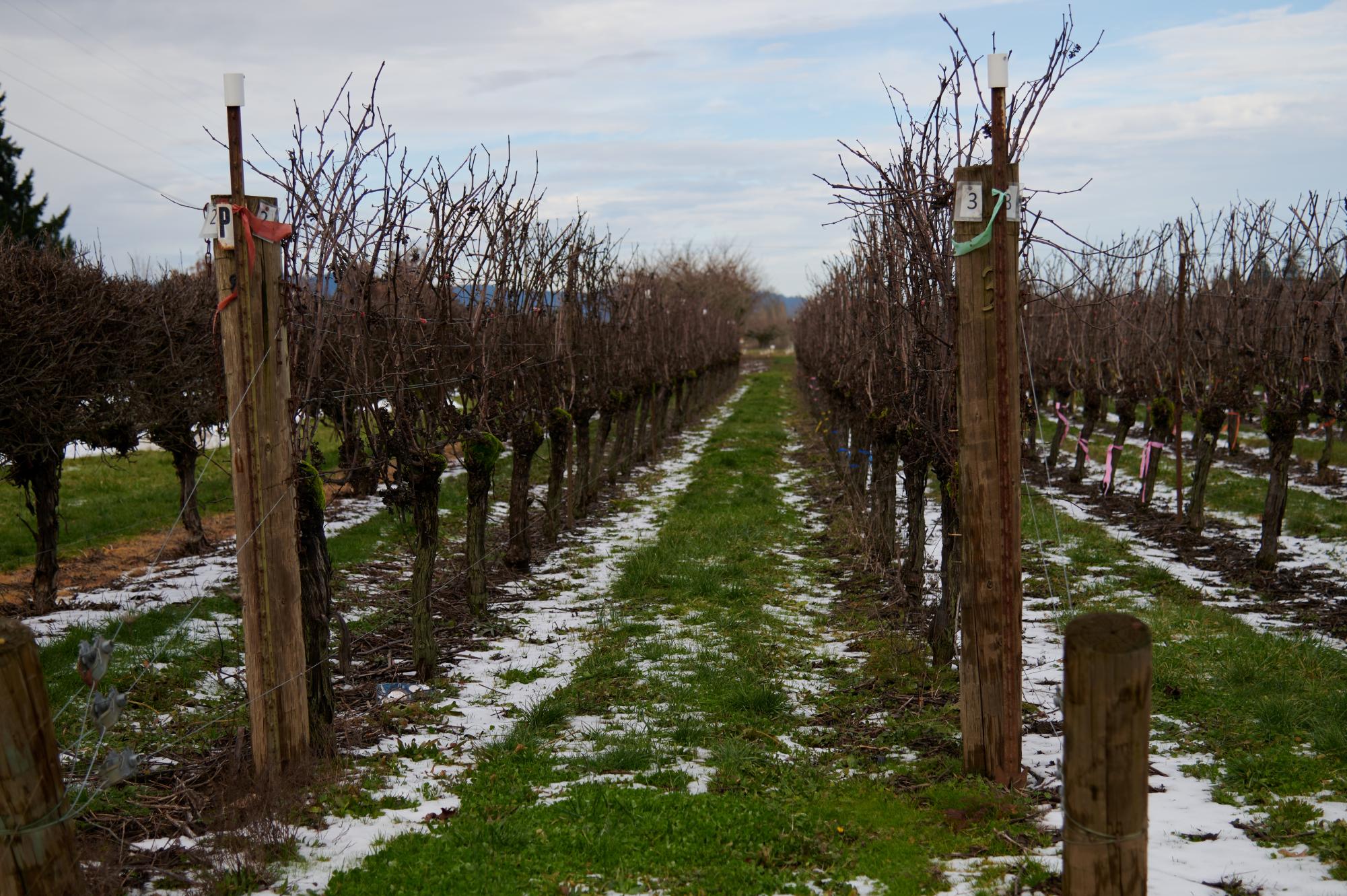Almost every state has a land grant college, and the best way to recognize one is if the name of the school has “state” in it.
But what is their significance? And why is it important for Oregon State University?
Land grants, in their original form, were given to each state to teach agricultural sciences, military tactics, mechanical arts and classical studies as part of the Morrill Acts of 1862 which were signed into law by President Lincoln, according to the Association of Public Land-Grant Universities.
The intent of providing these grants was to allow the state to create universities that would be more accessible to common people and not just the wealthy, according to Daniel Arp, retired dean of OSU College of Agricultural Sciences.
Before the land grants, higher education was a luxury that was only affordable to a wealthy few. Most colleges were private, religious or overseas, and the everyday farmer would never have been able to afford higher education in any form.
After the Civil War, the Morrill Acts were enacted and the federal government gave each state a certain number of acres and a generous sum of money for the sole purpose of kickstarting educational programs.
Oregon was given 90,000 acres of land, $77.8 million in state appropriations and $11.5 in federal appropriations as part of the Morrill Acts, which were used to fund OSU.
Despite the passage of numerous federal and state acts that have allowed for OSU’s success, the university rests on the traditional homelands of the Marys River or Ampifenu Band of Kalapuya.
As part of the Morrill Acts, the federal government seized 90,000 acres of land in Oregon from sovereign tribal nations with little to no compensation in Klamath Falls and Corvallis, according to the OSU Extension Service website.
When Oregon was given the land grant, the Corvallis area was inhabited by farmers and Native Americans, so the grant mandated the school focus on agriculture and engineering.
Twenty-five years later, the Hatch Act of 1887 was enacted, which provided annual funds for agricultural experiments at land-grant universities. However, research conducted by OSU was challenged to reach Oregon’s farmers in a timely manner, which resulted in the passage of the Smith-Lever Act of 1914.
The Smith-Lever Act created opportunities for OSU extension programs and outreach, many of which provided the foundation for extension programs that exist today, according to Arp. “There are three branches of Oregon State: teaching, research and extension,” Arp said. “And the land grant is the foundation of all three.”














































































































